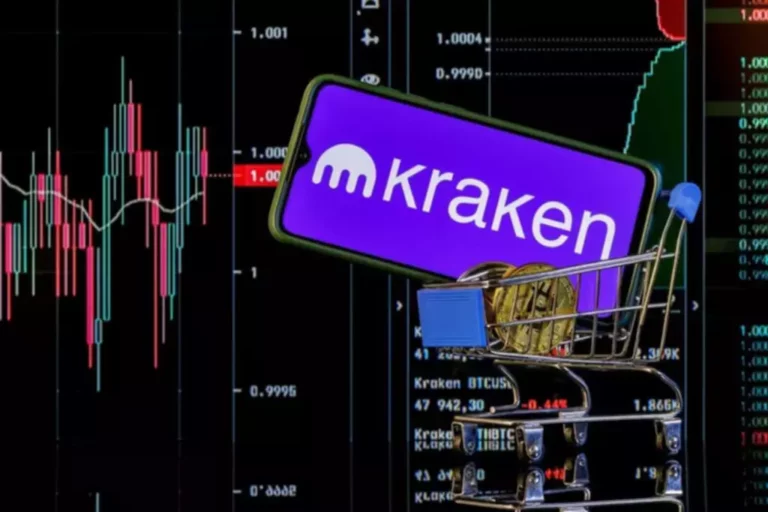Learn financial statement modeling, DCF, M&A, LBO, Comps and Excel shortcuts. The wager was accepted by Ted Seides of Protégé Partners, a so-called “fund of funds” (i.e. a basket of hedge funds). Each approach has its own merits and inherent drawbacks that an investor must take into consideration. John Schmidt is the Assistant Assigning Editor for investing and retirement. Before joining Forbes Advisor, John was a senior writer at Acorns and editor at market research group Corporate Insight.

We are compensated in exchange for placement of sponsored products and services, or by you clicking on certain links posted on our site. Therefore, this compensation may impact how, where and in what order products appear within listing categories, except where prohibited by law for our mortgage, home equity and other home lending products. Other factors, such as our own proprietary website rules and whether a product is offered in your area or at your self-selected credit score range, can also impact how and where products appear on this site. While we strive to provide a wide range of offers, Bankrate does not include information about every financial or credit product or service. Any estimates based on past performance do not a guarantee future performance, and prior to making any investment you should discuss your specific investment needs or seek advice from a qualified professional.
J.P. Morgan provides the following products and services to help you reach your investment goals
There is no correct answer on which strategy is “better,” as it is highly subjective and dependent on the unique goals specific to every investor. In other words, most of those who opt for passive investing believe that the Efficient Market Hypothesis (EMH) to be true to some extent. 6 The measure of the performance of a portfolio after adjusting for risk. Alpha is calculated by comparing the volatility of the portfolio to some benchmark. Volatility profiles based on trailing-three-year calculations of the standard deviation of service investment returns.

FIGURE 5 illustrates that 7 out of 11 sectors in the S&P 500 Index are trading at a premium relative to their 20-year historical average. Active managers have the flexibility to consider valuations when choosing stocks, while passive investments can’t use valuations as a consideration. In FIGURE 3, we’ve ranked the past 35 years from highest to lowest in terms of which stocks within the S&P 500 Index had the most home runs. Sure enough, in years that feature a high number of home runs, active tended to outperform. It’s just another example of how the performance of active and passive management has remained faithful to cyclical trends.
Considering active vs. passive investment management
We promote the highest ethical standards and offer a range of educational opportunities online and around the world. The notion that choosing active or passive will in some way lower fiduciary risk is unfounded. “Chase Private Client” is the brand name for a banking and investment product and service offering, requiring a Chase Private Client Checking℠ account. Get relevant tips and viewpoints to help you make smart investment decisions, powered by the expertise of J.P. Whether you prefer to independently manage your retirement planning or work with an advisor to create a personalized strategy, we can help.

However, not all mutual funds are actively traded, and the cheapest use passive investing. These funds are cost-competitive with ETFs, if not cheaper in quite a few cases. In fact, Fidelity Investments offers four mutual funds that charge you zero management fees.
Morgan online investing is the easy, smart and low-cost way to invest online. Whether you choose to work with an advisor and develop a financial strategy or invest online, J.P. Morgan offers insights, expertise and tools to help you reach your goals.
Community Investment For Main Street
However, if you choose a product and continue your application, we will request your full credit report from one or more consumer reporting agencies, which is considered a hard credit pull and may affect your credit. • Passive strategies are generally much cheaper than active strategies. We’re transparent about how we are able to bring quality content, competitive rates, and useful https://www.xcritical.in/ tools to you by explaining how we make money. Our mission is to provide readers with accurate and unbiased information, and we have editorial standards in place to ensure that happens. Our editors and reporters thoroughly fact-check editorial content to ensure the information you’re reading is accurate. We maintain a firewall between our advertisers and our editorial team.
And we have unwavering standards for how we keep that integrity intact, from our research and data to our policies on content and your personal data. One of the most popular indexes is the Standard & Poor’s 500, a collection of hundreds of America’s top companies. Other well-known indexes include the Dow Jones Industrial Average and the Nasdaq Composite.
These investors search for and buy investments that are performing or that they believe will perform. If they hold stocks that are not living up to their standards, they sell them. Additionally, investors can mix both styles in building a portfolio if they feel this is appropriate for them. You could also avoid treating the active vs. passive investing debate as a forced dichotomy and select the best funds in either category that suit your goals. Our latest U.S. fund flows report shows that at the end of April, both passive and active U.S. equity funds had a total of about $4.3 trillion in assets, essentially reaching asset parity. The closure of countless hedge funds that liquidated positions and returned investor capital to LPs after years of underperformance confirms the difficulty of beating the market over the long run.
- And it’s important to know that the same types of funds can be managed in different ways.
- “Neither the Financial Analysts as a whole nor the investment funds as a whole can expect to ‘beat the market,’ because in a significant sense they (or you) are the market.”
- Passive investors take a buy-and-hold approach, limiting the number of transactions they carry out, and typically try to match, rather than beat, the market.
- Our estimates are based on past market performance, and past performance is not a guarantee of future performance.
- Active strategies have a number of pros and cons to consider when comparing them with passive strategies.
Active investors are trying to beat the market through actively buying and selling stocks and bonds, or investing in mutual funds and ETFs that have an active investing style designed to try and beat the market. Active vs. passive investing generally refers to the two main approaches to structuring mutual fund and exchange-traded fund (ETF) portfolios. Active investing is a strategy where human portfolio managers pick investments they believe will outperform the market — whereas passive investing relies on a formula to mirror the performance of certain market sectors.
Which approach you choose will depend on your goals, timeline and how confident you feel about you or a portfolio manager’s abilities to time the market. And it’s important to know that the same types of funds can be managed in different ways. For example, you could Active vs. passive investing have an actively managed mutual fund made up of the top 100 companies in the S&P 500 Index, or a passively managed mutual fund that includes all 500 stocks listed in the S&P 500. Active investing generally entails higher transaction costs than passive investing.
The investment information provided in this table is for informational and general educational purposes only and should not be construed as investment or financial advice. Bankrate does not offer advisory or brokerage services, nor does it provide individualized recommendations or personalized investment advice. Investment decisions should be based on an evaluation of your own personal financial situation, needs, risk tolerance and investment objectives. This may give you some level of control when market conditions are volatile.
This information should not be considered investment advice or a recommendation to buy/sell any security. In addition, it does not take into account the specific investment objectives, tax and financial condition of any specific person. This information has been prepared from sources believed reliable but the accuracy and completeness of the information cannot be guaranteed. This material and/or its contents are current at the time of writing and are subject to change without notice. By allowing investors to respond to ever-changing markets, active management empowers investors to maximize opportunity as conditions demand.
Active mutual funds can offer a means to try to best the market if the fund manager’s strategy pans out. The value of professional management
Our current market and geopolitical environment is making investment selection even more challenging. Active investors can benefit from professional monitoring of the performance of an actively managed fund—and of the fund manager.
Even active fund managers whose job is to outperform the market rarely do. It’s unlikely that an amateur investor, with fewer resources and less time, will do better. The investing information provided on this page is for educational purposes only. NerdWallet, Inc. does not offer advisory or brokerage services, nor does it recommend or advise investors to buy or sell particular stocks, securities or other investments.
